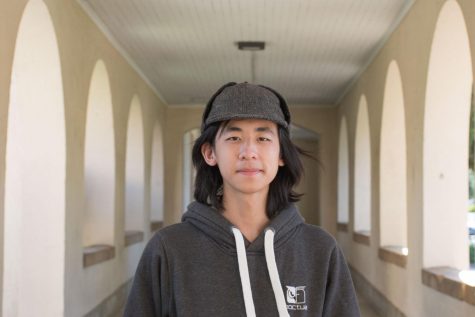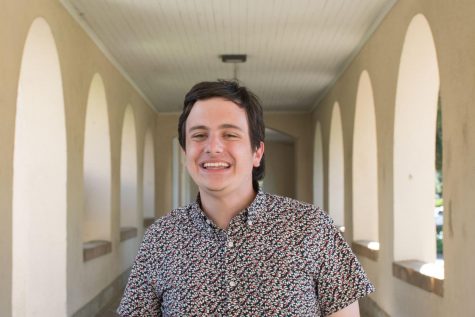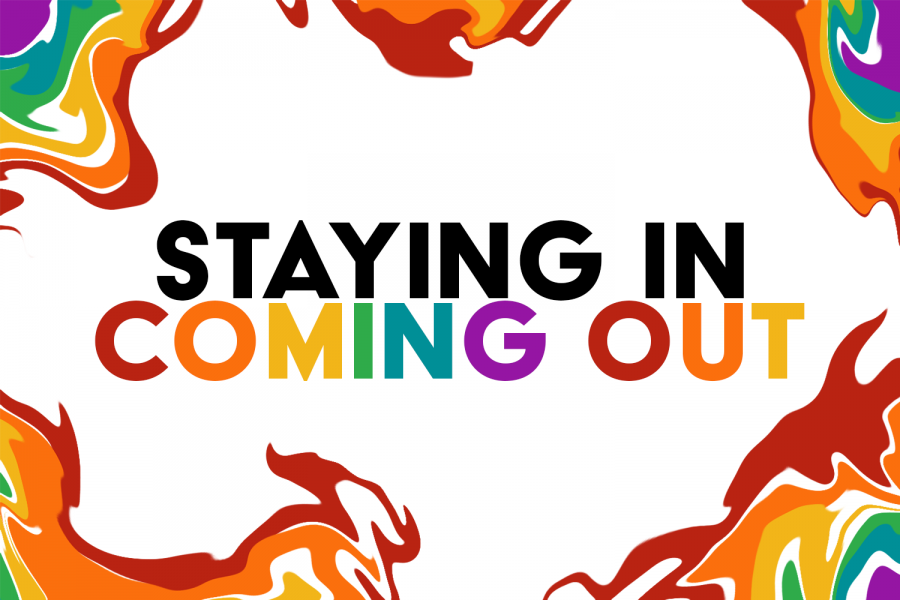Staying In, Coming Out
Insight into the evolution of youth queer identities over the course of the pandemic
The whirring of Park Dunlap’s computer fan is suddenly interrupted by a Zoom waiting room doorbell notification, and another, and another, and another. As the gathering starts, Dunlap glances at the participants list in disbelief; it’s the largest number of attendees the program has ever had.
Dunlap, a TurnOut Youth Program Volunteer Facilitator, talks about the first meeting of the TurnOut Youth Program, a now virtual gathering of LGBTQ+ youth in the Bay Area each week due to the ongoing pandemic.
“This year, we [could have] filled up a whole hallway, there must have been 40 of us and I realised how wild that was.” Dunlap said. “The spectacle of so many youths being able to step out of their comfort zone makes me ecstatic about the fact that more people are having these conversations with themselves around sexuality and gender.”
In order to fully understand the increase of individuals identifying as part of the LGBTQ+ community, it’s often forgotten that queer representation in the media is a relatively recent phenomenon. Dunlap, like many others born in the 1990’s, had little LGBTQ+ representation in the media as a child.
“[When] I remember growing up, all we really had was Ellen,” Dunlap said. “I think Queer Eye had first come out, but it really was a scandalous thing to sneakily watch in the basement after your parents went to bed.”
As technology continued to evolve, new mediums of previously inaccessible LGBTQ+ representation became a reality to a new generation of LGBTQ+ youth.
“You have to credit the internet for [queer] representation in general because it comes back to [how it’s] not just [celebrities] or TV, but also the presence of education. Now, we’ve got Twitter and Discord where lots of things are happening [as well as] TikTok; Tiktok is like a beautiful little microcosm of queer identity exploration.” said Dunlap
For students at Paly, Tiktok served as a catalyst for expression and exploration of their own identity.
Maia Johnsson, a Paly Senior experienced this firsthand as her time on Tiktok led to an introspective discovery of her own sexuality.
“I was able to find lots of LGBTQ+ videos that I was able to relate with.” Johnsson said. “I think that deep down I always knew I was attracted to people other than guys but I didn’t want to be that person who came out and wasn’t completely sure.”
Additionally, Johnsson wanted to have her own, genuine experience coming out and living her life as part of the LGBTQ+ community.
“I saw lots of people over social media coming out and living life with their partners and I wanted to experience that so I tried [to hide who I was] for a few months until I got fed up with waiting and just wanted to not have to keep this secret or feel like my friends and family don’t actually know me.” Johnsson said.
While the visibility of queer people in and out of school has expanded, criticism levied against the LGBTQ+ communities over the years has come in and out of popularity.
The more popular criticism levied against students is that individuals are lying about their identity or faking it for attention. Senior Isabel Ramirez is outspoken on matters involving the exploration of one’s sexuality, and understands this criticism from both perspectives.
“I’m sure there has to be people who are faking it for attention,” Ramirez said. “I know there are, I know those people, but I also know that there are those types of people that genuinely need the support.”
Ramirez, like most queer people and allies of the LGBTQ+ community, believes that the measures that are being put in place to discourage the discovery of someone’s gender identity and/or sexuality during a time of growth can create lasting damages that outweigh the minor effects of some confusion made for a period of time.
“Adding a letter or two to their pronouns is not the worst thing in the world; there are much bigger things that we could be worrying about,” Ramirez said. “I wake up the same way if someone goes by She/Her, They/Them, or He/Him.”
Although the future for Queer representation and rights are uncertain as always.
“Queer people exist and will continue to fight and advocate for themselves,” Dunlap said. “More and more people are figuring out their true self (even if some doubt the legitimacy) by excusing [doubters] and preaching love.”
Featured Image by Kellyn Scheel
Print Issue
Please click on the three vertical dots on the top right-hand side corner, then select “Two page view.”

2021 - 2022 - Staff Writer
I joined C Mag because I wanted to experience the with something new and explore something that is not around my primary...

2021-2022 - Staff Writer
I joined C Mag because I have long been fascinated by the magazine's focus on combining elements and commentary of society's...







